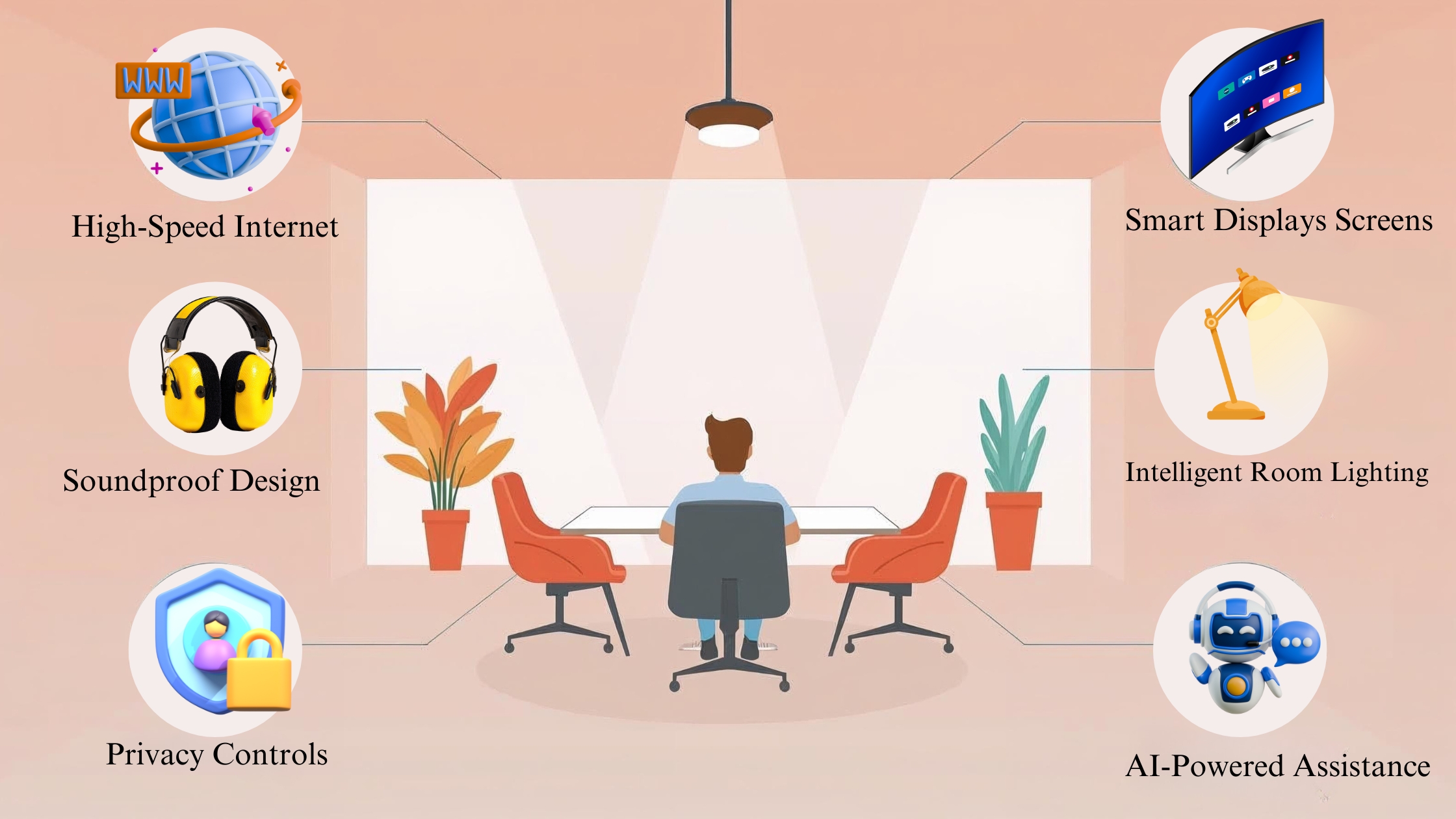-min.jpg)
What Are All-Hands Meetings? Meaning, Goals & Advantages
Within any organization, communication becomes a vital factor that helps to keep employees focused on the vision, goal and culture of the fulfilling organization. All-hands meetings are one good strategy that businesses have successfully used in this regard. Be it an organization with 20 or one with thousands, such meetings are a conduit between the executive and the employees. So what is an all-hands meeting? What can you achieve with these? And what are the benefits? Let us find out.
All-Hands Meetings meaning
An all-hands meeting is a company- meeting, in which leadership and employees meet to share updates, celebrate some of the performance and unite on the future objectives. All-hands is derived from the Navy phrase all-hands on deck which renders the meaning that everybody has to engage.
Unsimilar to a department specific meeting, all hands meetings involve the entire organization and not just by job title, or position, or even geographically. Such meetings are typically directed by the CEO or the top management and mostly occur once every month or once every quarter.
All-Hands Meetings Targets
The main agendas of an all-hands meeting are transparency, engagement and alignment within an organization. The most important goals are the following:
1. Promote Transparency
Leadership communicates information on the company performance, challenges and strategies adopted to address them directly to the employees hence reducing rumors and confusion.
2. Enhance the Company Culture
These meetings help echo the values, vision and mission of the company so that everyone is bonded to the larger picture.
3. Celebrate Achievements
Rewarding milestones, completion of projects, or the involvement of any person increases the morale of employees and motivates groups.
4. Foster Free Speech
The two-way communication is often seen as when employees have an opportunity to ask questions, present concerns and make feedback that is often accepted.
5. Cohesive the Team
In big companies with multiple workplaces or remote working departments, all hands meetings establish a sense of belonging and of being a part of something.
The Pros of All-Hands Meetings
All-hands meetings can provide a number of advantages to both the employer and employee as long as it is conducted properly.
1. Confers Confidence and Openness
Employees enjoy when the leadership is transparent to them on the progress, disappointments, and plans. This helps in creating trust and minimises doubts at the working place.
2. Boosts Staff Engagement
Speaking directly with leadership makes employees feel that they are important and part of the company story. When employees get to learn why their position is important towards total achievement, motivation level increases.
3. Fosters Delegation among Teams
By highlighting the contributions and reports of cross-department projects and activities, employees will understand a more expanded view of how the various departments are cooperating, thus encouraging cooperation.
4. Enhances the Leadership Profile
Employees tend to feel isolated from the top management. All-hands meetings provide leaders with an opportunity to become visible and approachable and even relatable.
5. Gives a Recognition Platform
Recognizing employee performance before the entire organization is not only rewarding to him/her but also inspires others.
6. Better Goal Agreement
Understanding of both short term and long term goals results in clear and proper communication of objectives so that each individual can work toward the same vision that causes less confusion.
7. Forms a Belongingness Sensation
Particularly at a distance or even in hybrid work type settings, all-hands meetings can make workers feel that they are connected to a larger community, and less isolated.
The Best Practices to Great All-Hands Meetings
To ensure that maximum use is made out of all-hands meetings, the organizations are supposed to:
Make a routine to be able to focus your discussions.
Be brief so that you do not waste the time of the employees.
Engage the viewers in a form of taking information or polls.
Appreciate the employees before others.
Make presentations interesting using visuals e.g. slides or videos.
Record the sessions to allow the employees in other time zones to listen to them at a later time.
FAQs
Q1. What is the regularity of all-hands meetings to be presented by companies?
The practice is carried out in most organizations according to their size and requirements either monthly or quarterly.
Q2. Who is to attend an all-hands meeting?
All employees ranging all the way to the executive level should attend since the aim is to align the entire company.
Q3. What is the duration of an all-hands meeting?
Preferably 45 minutes to an hour. Sessions that are too long might result in disengagement.
Q4. Do small companies benefit in all-hands meetings?
Yes, even small groups are benefited. They help tin strength and encouragement, all essential to growth.


.jpg)
